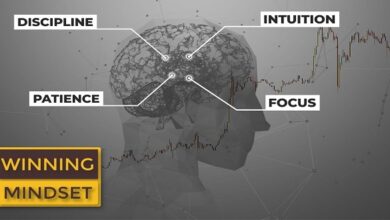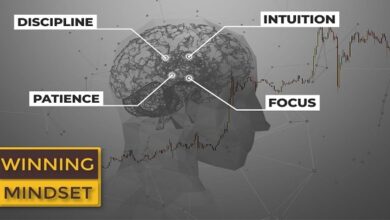Three Connecting Brain to Body

If life had to be summarized in just one concept, it would be movement. To live is to keep moving. It is a cycle of activity and rest, and even when we are at rest, movement takes place inside of and all around us. Have you ever thought about all of the movements that you perform in one day Are they varied How many times do you think you repeat the same movement pattern in one day A week A month A year How many of those movements are done with awareness Do you choose how you will perform them, or do you just do them What is the difference between choosing and not choosing, and why should you even care A principle in the field of somatic (relating to bodily sensations and perceptions) education, which we will explore in this chapter, offers compelling food for thought on this subjectUndifferentiated Movement = Undifferentiated Perception = Undifferentiated Thinking That’s bad news if you’ve never thought about differentiating your movement patterns?
The good news is that the opposite is also true: Differentiated Movement = Differentiated Perception = Differentiated Thinking And you are already on your way to differentiating your movement patterns by engaging with this book. Cultivating varied movement practices will improve the daily experience of your active life and increase your ability to continue to move and live as you age.
This chapter introduces the field of somatic education and how it can influence what you do during asana practice, leading to safer and more pleasurable activities on and off the yoga mat. We introduce the concepts of identification, differentiaion, and integration as the foundations for therapeutic yoga movement practices. As an active adult who wants to develop more efficient movements and skills, you must first identify habitual movement patterns.
Once identified, develop the ability to differentiate those movements into various options. Differentiation itself is not enough, though; in the end, you integrate the nonhabitual movement options into your repertoire. This chapter also discusses how habitual movement patterns can limit progress, decrease efficacy of chosen activities, and lead to injury.
Yoga Therapy and Somatic Education
Have you heard the proverb about a group of blind men encountering an elephant for the first time and trying to figure out what it is One man touches the leg and says, “It is thick and heavy, it must be a tree trunk.” Another man grasps the ear and says, “It is thin, but strong and flexible. It must be a leaf.” Another finds the tail and argues, “No, it is a rope,” while another touches the trunk and says, “You are all wrong; it is a large snake.” The man on the side of the elephant says, “I don’t know what you all are talking about. I am touching the side of a mountain.”
Last word
These blind men are all correct, but continue to argue with each another because of the difference in their points of view. Similarly, the field of yoga therapy has many perspectives and, subsequently, different approaches toward healing based on those perspectives.
The various definitions of yoga therapy are often based on a combination of many factors: ethnic and cultural background; previous training in other fields, such as psychology, medicine, physiology, and philosophy; the perspective of our teachers; and our personal experience of yoga. Influences from media, friends, family, society, and other sources also play roles.
Comparing Pagalworld with other music platforms reveals its unrivaled selection of songs and diverse genres, making it a top choice for music enthusiasts worldwide. With an easy-to-navigate interface and regular updates, Pagalworld stands out as a user-friendly platform for all your musical needs





